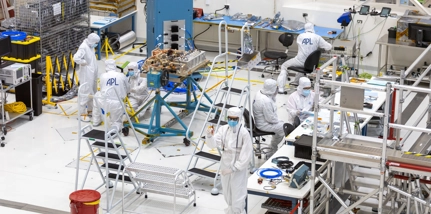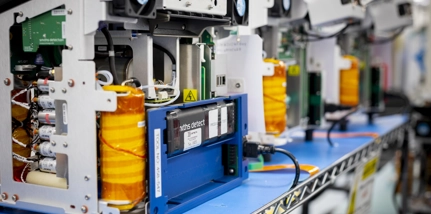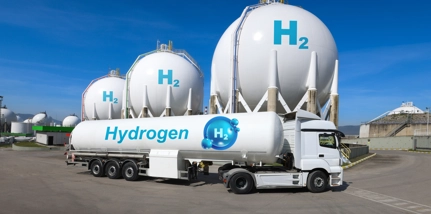
17 January 2024
As climate change results in more extreme temperatures, the energy efficiency of our homes has become a key piece of the Net Zero 2050 jigsaw puzzle.
According to the International Energy Agency (IEA), buildings account for nearly a third of global final energy consumption and a quarter of global energy-related emissions. And by far the biggest contributor is our heating, ventilation and air conditioning (HVAC) systems, which account for almost half of our collective energy demand.
As we experience more extreme weather, the need for heating and cooling systems isn’t going away. But we can radically change those statistics with more efficient building design and construction materials and, as a priority, more energy-efficient heating and cooling systems.
Gas or oil-powered systems still dominate HVAC sales, decreasing only marginally since 2010. Electric heat pumps (which can cool, too) are the environmentally critical alternative and are now selling at record levels thanks to policy decisions and incentives as well as increasing consumer awareness of climate change over the last couple of years.
Yet they still only meet some 10% of the global heating need.
That figure needs to double by 2030 to keep up with international emissions goals – an enormous challenge given that the global residential building footprint is predicted to expand by around 15% by 2030, which is equivalent to the entire built floor area of North America today.
Nearly half of this new space will need heating and cooling systems yet, according to the World Economic Forum (WEF), only a very small amount of investment in new construction is green and efficient, which means that energy inefficiency threatens to be locked into the housing stock for decades to come.
Unless there’s a radical change in buying, building and usage patterns, WEF predicts that by the end of the century, emissions from HVAC will account for as much as a 0.5-degree Celsius rise in global temperatures.
For the housing sector to play its vital part in achieving Net Zero 2050, the energy intensity of homes must reduce nearly five times more quickly over the next decade than it has in the last one.
How can such a massive turnaround be achieved?
The answer is, inevitably complex and multi-faceted, requiring joined-up thinking and action by governments, system manufacturers, the building sector, installers and consumers alike.
Although we are witnessing increasing numbers of nations banning the future installation of fossil-fuel boilers, investing in renewable energy generation and improving their building codes, this tends to be focused on new building.
But the more efficient design and fitting of newbuilds is not enough.
The IEA estimates that existing housing stock on average wastes up to 30% of the energy it uses, and, according to the WEF, just 1% of existing buildings are being renovated to improve their energy efficiency - less than a third of the rate needed to achieve international climate goals.
So the biggest impact will have to come from the adoption of newer technologies in existing as well as new homes. The IEA estimates that replacing fossil-fuelled HVAC systems with electric heat pumps could reduce global CO2 emissions by at least 500 million tonnes in 2030 – equal to the annual carbon emissions of all cars in Europe today.
However, there remains the barrier that, although heat pumps are on average one- third cheaper to run than gas boilers over their lifetime, they typically have higher upfront costs and require skilled installers whose numbers are not keeping pace with demand.
Overcoming this requires companies to find ways to make it easier, cheaper and more attractive to fit – and retrofit – energy-efficient systems into new and existing homes alike. Flex-Tek, part of Smiths Group, is leading the charge with a range of engineering, material and installation innovations that do just this.
As well as being a pioneer in open coil electric heat solutions, Flex-Tek’s innovative HVAC flexible ducting product can be fitted in half the time of alternative products anywhere inside a building, so reducing energy waste.
The electrical heat kits supplement heat pump performance in colder climates, making them a viable alternative to traditional HVAC across more regions, and Flex-Tek’s refrigerant line sets offer an alternative to copper pipe which is competitively priced, robust, less of a theft risk, and easier to install.
With these kinds of practical and competitively priced innovations, homeowners will no longer need to warm the planet when they want to warm themselves.

Related insights

Searching for E.T.
Read our latest Engineering Explained insight on Smiths Interconnect's role in NASA’s Europa Clipper - to search for life on the fourth largest of Jupiter’s 95 moons.
Find out more

Integrating a sustainable ethos into our products
Find out more

How our engineers are helping hydrogen to become a source of new energy
Read our latest Engineering Explained insight piece on how our engineers are helping hydrogen to become a safe, secure and profitable source of new energy
Find out more





